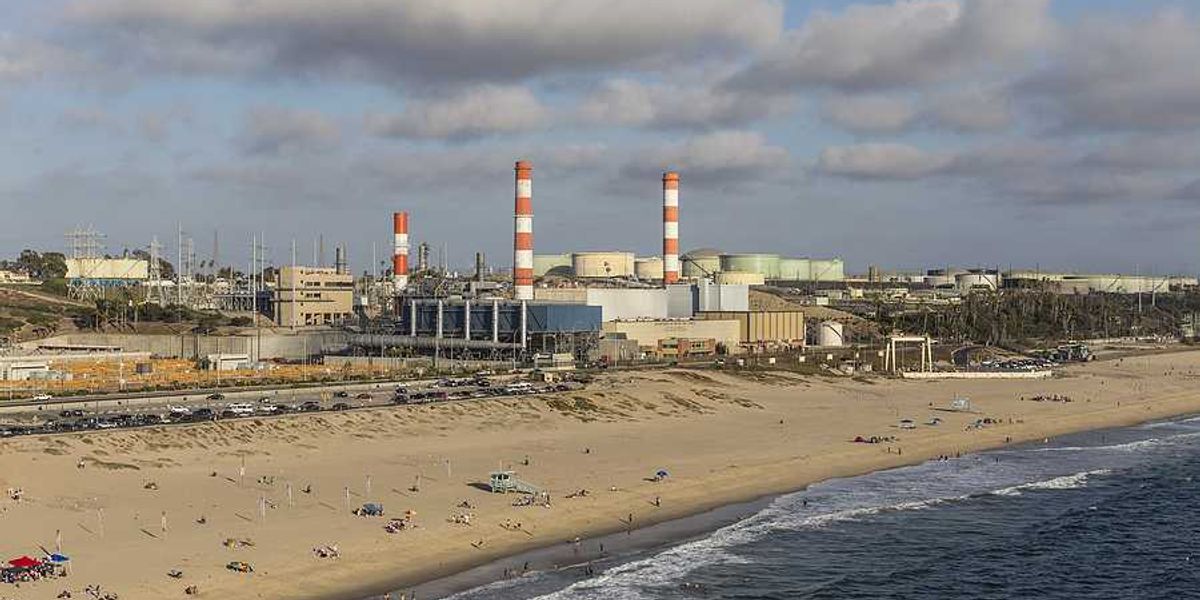
Urban heat is making European cities dangerously hotter than surrounding areas
Successive heatwaves across Europe this summer have intensified the “urban heat island” effect, leaving city temperatures several degrees higher than nearby rural regions and straining public health systems.
Lauren Walker reports for Euronews.
In short:
- Surface temperatures in some European cities were 10–15°C higher than rural areas during heatwaves, affecting nearly 70% of residents who live in urban settings.
- Vulnerable populations, especially the elderly and children, face heightened health risks, with hospital admissions rising nearly 19% during extreme heat days.
- Experts warn that without cutting greenhouse gas emissions, adaptation efforts like green roofs and shaded areas will have limited impact, and some cities could become unlivable.
Key quote:
"The urban heat island effect will also increase towards the future with additional climate change. So it's also important to reduce our emissions as fast as possible."
— Niels Souverijns, climate expert at VITO
Why this matters:
Urban heat islands magnify the impact of climate change by trapping heat in densely built areas, turning heatwaves into prolonged public health emergencies. The combination of heat-retaining materials, limited green space, and high traffic creates conditions where nighttime temperatures barely drop, preventing bodies from recovering from daytime heat stress. These effects hit hardest in lower-income neighborhoods, where residents often lack access to air conditioning or shaded parks. Beyond human health, overheated cities can worsen air pollution, increase energy demand, and stress water systems. As climate change drives more frequent and intense heatwaves, urban areas across Europe risk facing conditions similar to cities in the hottest parts of the world, threatening livability and deepening social inequality.
Learn more: Burning fossil fuels linked to 1,500 deaths in Europe’s latest heat wave













